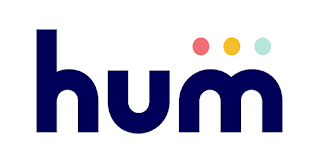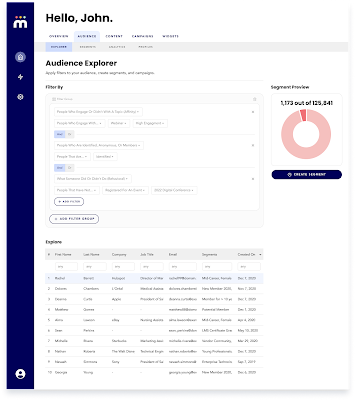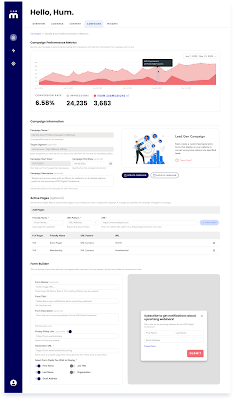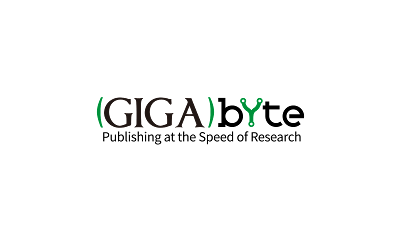This year, the judges have selected a shortlist of seven for the ALPSP Awards for Innovation in Publishing. Each finalist will be invited to showcase their innovation to industry peers on 14 September on the opening day of the ALPSP 2022 Conference in Manchester. The winners will be announced at the Awards Dinner on Thursday 15 September.
In this series, we learn more about each of the finalists.
Tell us about your organization
Emerald Publishing is one of the world's leading digital first publishers, commissioning, curating and showcasing research that can make a real difference. We work with thousands of universities and business schools across the world to share knowledge and provoke the kind of debate that leads to positive change. We are a family founded business, passionate about people, and doing things differently. Going beyond the bounds of a traditional publisher, we want to be a facilitator of impact, encouraging equitable, healthy and sustainable research and publishing for all.
What is the project/product that you submitted for the Awards?
Impact Services has been created in collaboration with academic impact experts, as well as universities and institutions in the UK and Australasia, with the aim of making ‘impact culture’ a daily reality for researchers and increasing the opportunities for research to make a difference. Alongside Emerald’s partners, we’ve created a service unique to the publishing industry which instead of focusing on the measurement and evaluation of impact, it creates a research environment conducive to producing high quality research that leads to real world change.
Tell us a little about how it works and the team behind it
Impact Services is a subscription, cloud-based service, made up of three parts:Impact Skills: Developed and created with our academic partners, Impact Skills is a set of learning materials to build impact competencies across the research ecosystem. The content reflects academic insights into the skills and the framework needed for building impact literacy, and specific content has been commissioned from key members of the research community, augmented by existing, relevant content from our online learning platform sister company, Mindtools. Coupled with and accessible from the impact planner – provides a rounded service in support of impact literacy planning and action.
Impact Healthcheck: In parallel with the more individually focused Planner and Skills aspects, this section focuses on institutional practices and how to build ‘healthy’ approaches to impact. Our academic collaborators have identified how the pressures to deliver impact within the research sector risk unhealthy and non-inclusive practices, and this Healthcheck provides institutions with a diagnostic tool to understand what they are doing well and what areas they might want to focus on.
Impact Services was based on the research and experience of Dr Julie Bayley and Dr David Phipps, both experts in the field of research impact. Alongside Emerald and Mindtools (an online learning company part of the Emerald Group), there were workshops with researchers and the research office, the commissioning of authors in the research environment and finally the digital development team to create the service. Now, Impact Services is worked on by a dedicated team at Emerald with expertise in UX, sales operations, customer operations, marketing, and publishing. We regularly action on feedback from our customers, and Dr Bayley and Dr Phipps, to ensure the service satisfies the appetite of the research community.
In what ways do you think it demonstrates innovation?
The significance and innovation of Impact Services is threefold.
Firstly, the suite of tools focuses on the development of healthy, literate practices based on the expert knowledge of those who support impact on a daily basis. Where many tools in the sector focus on measurement or capturing evidence of impact, Impact Services uniquely seeks to equip individuals with the means to build their own literacy and address practices of their work environment to maximise the likelihood of impact.
Secondly, Impact Services represents a significant step change in the publishing sector, taking an end-to-end approach to impact from the inception of a research idea through to actual societal change, rather than solely focusing on better communication and dissemination of research outputs.
Thirdly, the principles underpinning Impact Services have been embedded across Emerald’s business as a whole. Emerald updated its Impact Manifesto in 2022, is a signatory of DORA, and has since co-funded additional research to understand challenges around impact literacy in the funding application process. Impact Services will continue to evolve and refresh in line with the sector’s need.
What are your plans for the future?
We want to continue to support changes in research evaluation, showcase the stories of new approaches, and work to advocate healthy approaches to research impact.
Through Impact Services, Emerald is supporting the need for a service which helps to plan for impact to enable stronger research outcomes. It helps to de-mystifying impact and to provide a structured way for research to lead to real change in the world. Emerald has an active roadmap and ensures new features are prioritised based on customer feedback and demand. We have always solicited regular and comprehensive feedback from customers and prospective users and want to ensure that we reward their time and honesty with the right improvements to the service. For example, we are scoping enhancements to the collaborative functionality of the service.
About the author

























